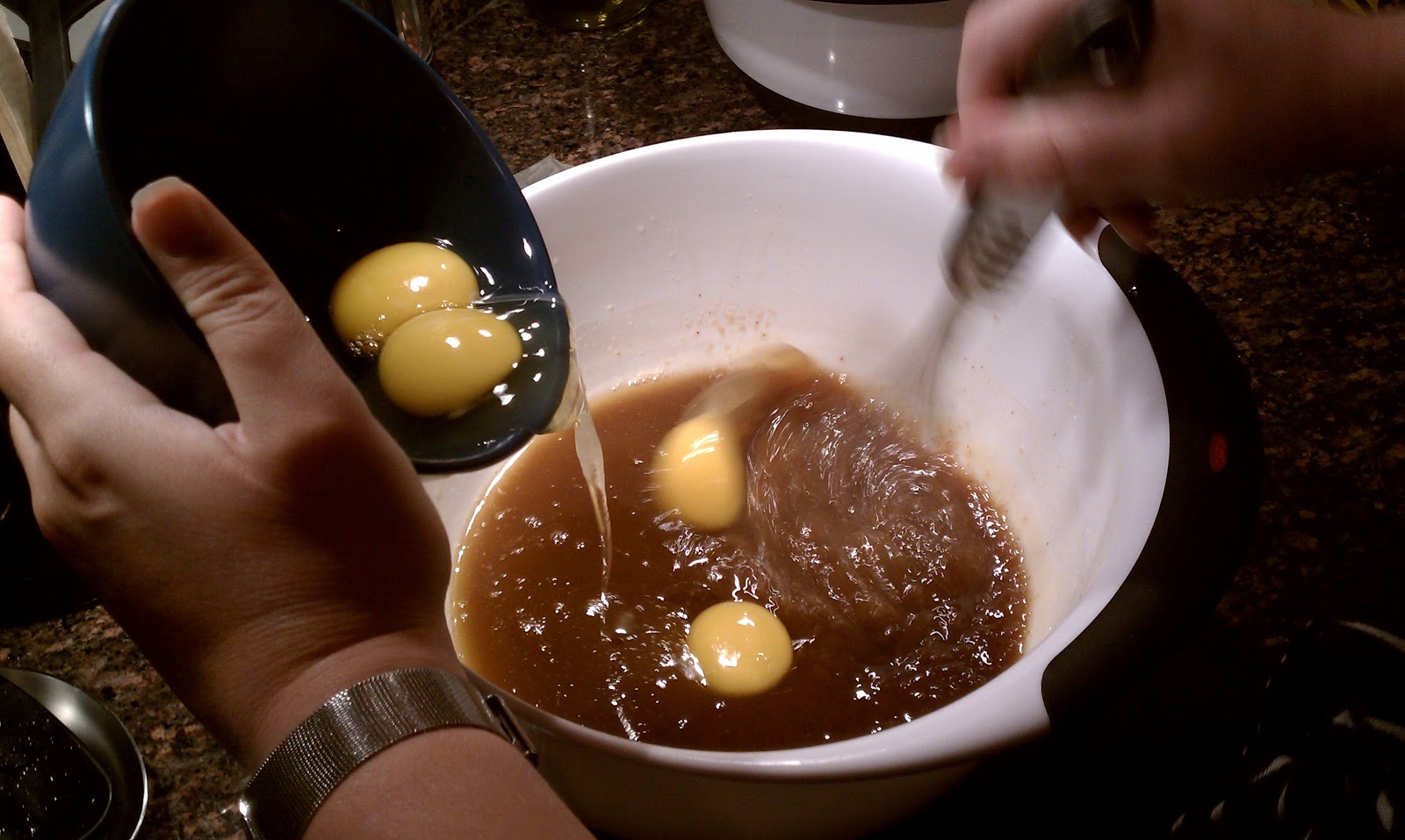This recipe for tomato sorbet, from Thomas Keller's The French Laundry Cookbook, is particularly good. The sorbet has intense tomato flavor, but is still clean enough to be refreshing between courses, thank in part to the addition of orange zest. Wait until late summer when the very best tomatoes are available to make this sorbet. The wait will be worth it.
Keller's method for making chive oil is as simple as can be, and pairs beautifully with the sorbet. Just hold the chives under hot running water for a couple of minutes and then blend with the oil. The heat created by the friction of the blade spinning through the oil is enough to heat the mixture and infuse the flavor of the chives into the oil. The oil is best if made at least one day ahead of time, and then strained just before use.
Ingredients
Simple Syrup
3/4 cup sugar
3/4 cup water
Tomato Sorbet
2 1/4 pounds heirloom tomatoes, peeled, seeded and cut into 1-inch pieces
1 tablespoon canola oil
1/3 cup finely chopped yellow onion
2 tablespoons red wine vinegar
Pinch of chopped tarragon
Pinch of cayenne
3/4 cup plus 2 tablespoons simple syrup
Julienned zest of 1/2 orange (removed with a zester; 1 teaspoon), brought to a boil in cold water, strained and repeated 2 additional times
Kosher salt
Freshly ground black pepper
Chive Oil
1 packed cup chives
1 cup canola oil
Fleur de sel
Extra chives for garnish
Instructions
For the simple syrup:
- Combine the sugar and water in a saucepan and bring to a boil, stirring to dissolve the sugar.
- Remove from heat, let cool to room temperature, and then refrigerate.
- Place the tomatoes in a saucepan and bring to a simmer over medium heat.
- Cook, stirring often, for about 45 minutes, or until the tomatoes have reduced by half. There may still be a small amount of liquid remaining.
- Meanwhile, heat the oil in a skillet over low heat.
- Add the onions to the skillet and cook gently for 7 to 8 minutes, or until tender.
- Place the reduced tomatoes and the onions in a blender and puree them until very smooth.
- Press the mixture through a fine mesh strainer (there will be about 1 cup of puree) and return it to the clean blender.
- Add the remaining sorbet ingredients and blend again.
- Strain through a clean fine mesh strainer. There should be about 1 1/2 cups sorbet base.
- Cool the mixture over ice, stirring often.
- Freeze the sorbet in an ice-cream machine according to the manufacturer's directions.
- Store the sorbet in a covered container in the freezer. The sorbet is best eaten the day it is made.


For the chive oil:
- Place the chives in a strainer and run hot water over them for about two minutes to soften and remove the chlorophyll taste.
- Place half of the chives in a blender with the oil.
- Turn on the blender to medium speed and allow the chives to blend for a minute to begin the process.
- Turn the speed to high and continue to blend for another 2 minutes. If your blender has a hole at the top, remove the stopper to allow some air in.
- Add half of the remaining chives to the machine and blend for another 2 minutes, then add the remaining chives and blend for 2 more minutes.
- Remove the puree to a covered container and refrigerate for at least 24 hours.
- When ready to use, strain the oil through a fine mesh strainer lined with cheesecloth.
- Spoon a little of the chive oil into the center of a six small bowls.
- Top each with a quenelle of tomato sorbet.
- Sprinkle each bowl with a few grains of fluer de sel and garnish with the extra chives.










